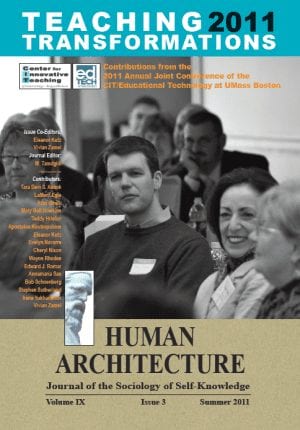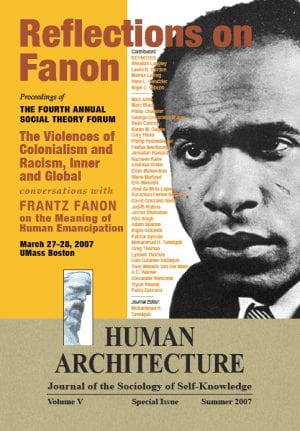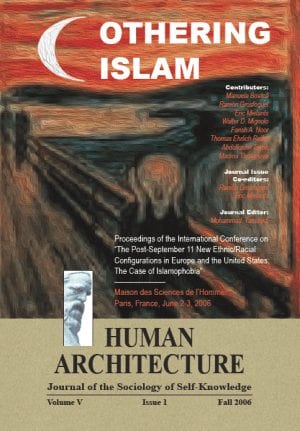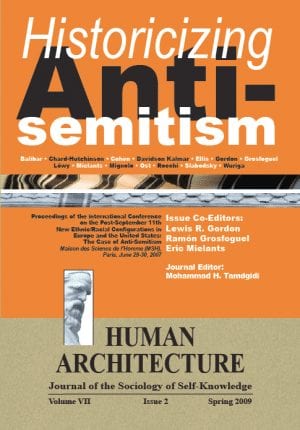Journal Article — “Islamicizing” A Euro/American Curriculum — by Mary Ball Howkins
$15.00
A curriculum revision task that seems compelling in 2011, ten years after 9/11/2001, is “Islamicizing” my part in an art history and General Education liberal arts curriculum.
Description
Abstract
A curriculum revision task that seems compelling in 2011, ten years after 9/11/2001, is “Islamicizing” my part in an art history and General Education liberal arts curriculum. Standard art history survey texts include historical sections on Islamic visual traditions but decline to integrate new information on the ways in which medieval Islamic scholars contributed to the foundation of the 15th and 16th century Renaissances in Europe, or the ways in which global trade and cultural contact influenced the appearance of visual art of that time and region, and in later centuries. Recent re-evaluators of Islamic cultural contributions make a strong case for a re-definition of “Renaissance” in terms of Islamic impetus. Early Islamic scholars’ claim that faith and reason could co-exist without undue tension, a claim taken up by liberal medieval scholars in Europe, laid a foundation of Renaissance secularization and Humanism.
Recent acknowledgment of long-standing European and American anti-Islamic bias makes it problematic to continue considering Muslims as simply “accidental custodians” of Greek and Roman wisdom and culture. Classroom discussion of influential scientific, medical, philosophical and cultural contributions of Islamic scholars, as well as the borrowing by Italian painters from imported Islamic textiles, ceramics, metalwork and Arabic script, is essential to construct a more accurate picture of European/Middle Eastern exchange. Work by contemporary Islamic artists can also help reveal current issues in an evolving Middle Eastern setting, in regard to contemporary Islamic theology and practice and Euro/American political and cultural interrelations. There is much to be gained from an honest, less defensively charged reexamination of Near Eastern cultural contributions and realities.
Recommended Citation
Howkins, Mary Ball. 2011. ““Islamicizing” A Euro/American Curriculum.” Pp. 49-54 in Teaching Transformations 2011: Contributions from the May 2011 Joint Annual Conference of the Center for Innovative Teaching (CIT) and Educational Technology (EdTech) at UMass Boston (Human Architecture: Journal of the Sociology of Self-Knowledge: Volume IX, Issue 3, 2011.) Belmont, MA: Okcir Press (an imprint of Ahead Publishing House).
The various editions of this issue of Teaching Transformations 2011 can be ordered from the Okcir Store and are also available for ordering from all major online bookstores worldwide (such as Amazon, Barnes&Noble, and others).
Read the Above Publication Online
You can read the above publication free-access online, by clicking the PDF icon below.









